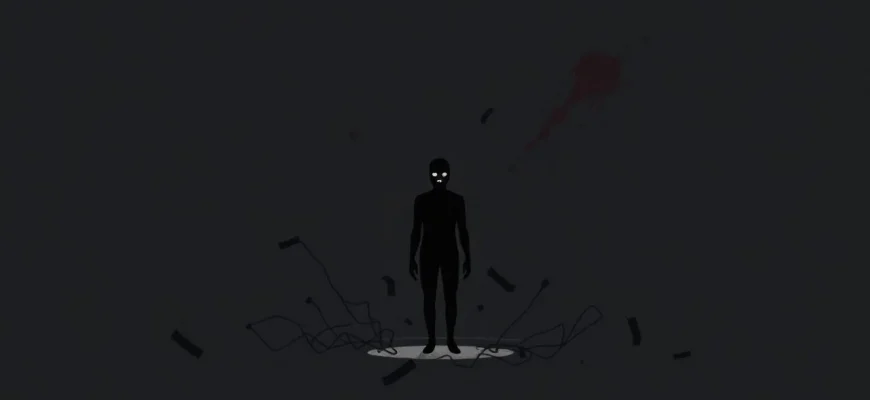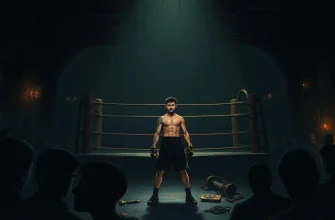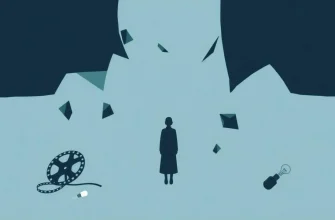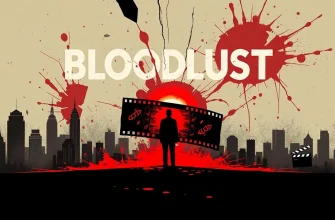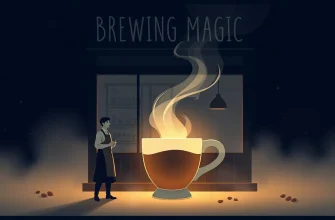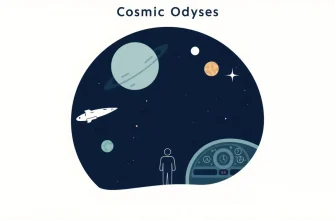If you're in the mood for something that will make your skin crawl and your heart race, these films are not for the faint of heart. They delve deep into the human psyche, exploring themes of torture, cruelty, and the darkest aspects of human nature. These movies are not just about shock value; they offer a profound look at the capacity for evil within us all, making for a truly unsettling viewing experience.
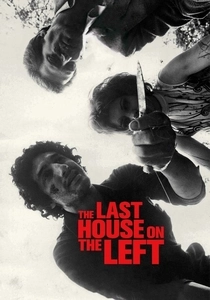
The Last House on the Left (1972)
Description: Wes Craven's debut film is a raw, gritty tale of revenge where parents seek justice for their daughter's brutal assault. It's a visceral experience that explores themes of vengeance and the cycle of violence.
Fact: The film was inspired by Ingmar Bergman's "The Virgin Spring," but it took a much more explicit and violent approach. It was banned in several countries upon release.
 Watch Now
Watch Now 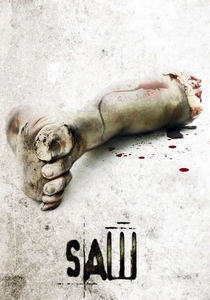
Saw (2004)
Description: The film that started a franchise, 'Saw' introduces viewers to the twisted games of Jigsaw, where victims must endure physical and psychological torture to survive. It's a modern classic in the horror genre for its inventive traps and moral dilemmas.
Fact: The film was made on a modest budget of $
 Watch Now
Watch Now 
The Devil's Rejects (2005)
Description: Rob Zombie's sequel to "House of 1000 Corpses" follows a family of sadistic killers on the run from the law. It's a dark, gritty road movie filled with violence, black humor, and a twisted sense of family loyalty.
Fact: The film was inspired by classic 1970s road movies and crime films. It features a memorable performance by Sid Haig as Captain Spaulding.
 Watch Now
Watch Now 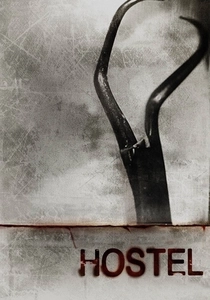
Hostel (2005)
Description: This film takes the concept of backpacking in Europe and turns it into a horrifying tale of torture tourism, where wealthy clients pay to inflict pain on unsuspecting victims. It's a stark commentary on human depravity and the commodification of suffering.
Fact: The film was inspired by an urban legend about a website where people could bid to hunt humans. Eli Roth, the director, used real locations in Slovakia to add authenticity to the setting.
 Watch Now
Watch Now 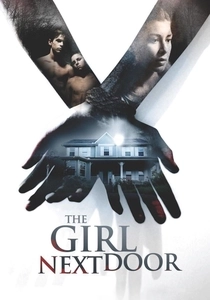
The Girl Next Door (2007)
Description: Based on the novel by Jack Ketchum, this film tells the true story of Sylvia Likens, who was tortured and killed by her guardian. It's a chilling exploration of suburban evil and the capacity for cruelty in seemingly normal people.
Fact: The film was met with mixed reviews due to its graphic content, but it's praised for its fidelity to the source material and its unflinching portrayal of real-life horror.
 Watch Now
Watch Now 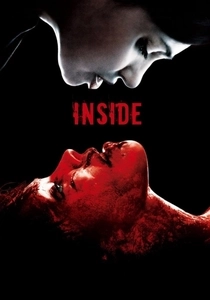
Inside (2007)
Description: A pregnant woman is terrorized by a mysterious woman who wants her unborn child. The film is known for its intense, claustrophobic atmosphere and its brutal scenes of violence, making it a standout in French horror cinema.
Fact: The film was banned in several countries for its graphic violence, particularly the childbirth scene. It was also praised for its strong performances and the psychological depth of its characters.
 Watch Now
Watch Now 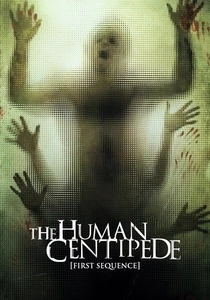
The Human Centipede (First Sequence) (2009)
Description: This film takes the concept of body horror to a new level with its infamous "human centipede" experiment, where three people are surgically connected mouth to anus. It's a grotesque exploration of control, degradation, and the limits of human endurance.
Fact: The film was inspired by a prank suggestion from a friend of the director, Tom Six, about a punishment for child molesters. It was banned in several countries due to its graphic content.
 Watch Now
Watch Now 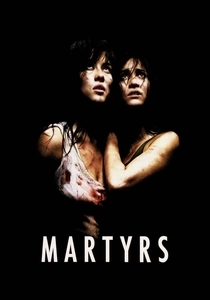
Martyrs (2008)
Description: This French film is a harrowing journey through revenge, torture, and the quest for transcendence. It's known for its brutal scenes of violence and its philosophical undertones about suffering and enlightenment.
Fact: The film was initially banned in France due to its extreme violence but was later released with an 18+ rating. Director Pascal Laugier has stated that the film is not meant to be enjoyed but to be experienced.
 30 Days Free
30 Days Free 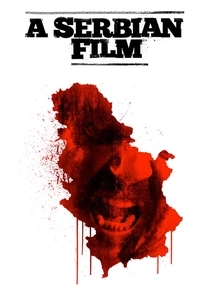
A Serbian Film (2010)
Description: A retired porn star is lured back into the industry for what he believes is an art film, only to find himself in a nightmarish world of extreme violence and depravity. This film pushes boundaries with its graphic content and controversial themes.
Fact: It was banned in several countries, and even in Serbia, it was met with significant backlash. The director, Srdjan Spasojevic, has claimed that the film is a metaphor for the Serbian experience during the 1990s.
 30 Days Free
30 Days Free 
I Spit on Your Grave (1978)
Description: A writer seeking solitude in the countryside is brutally assaulted by a group of men. Her subsequent revenge is both methodical and merciless, making this film a controversial entry in the rape-revenge genre.
Fact: The film was initially banned in several countries due to its graphic content. It has since been re-evaluated as a feminist statement on revenge and empowerment.
 30 Days Free
30 Days Free 
